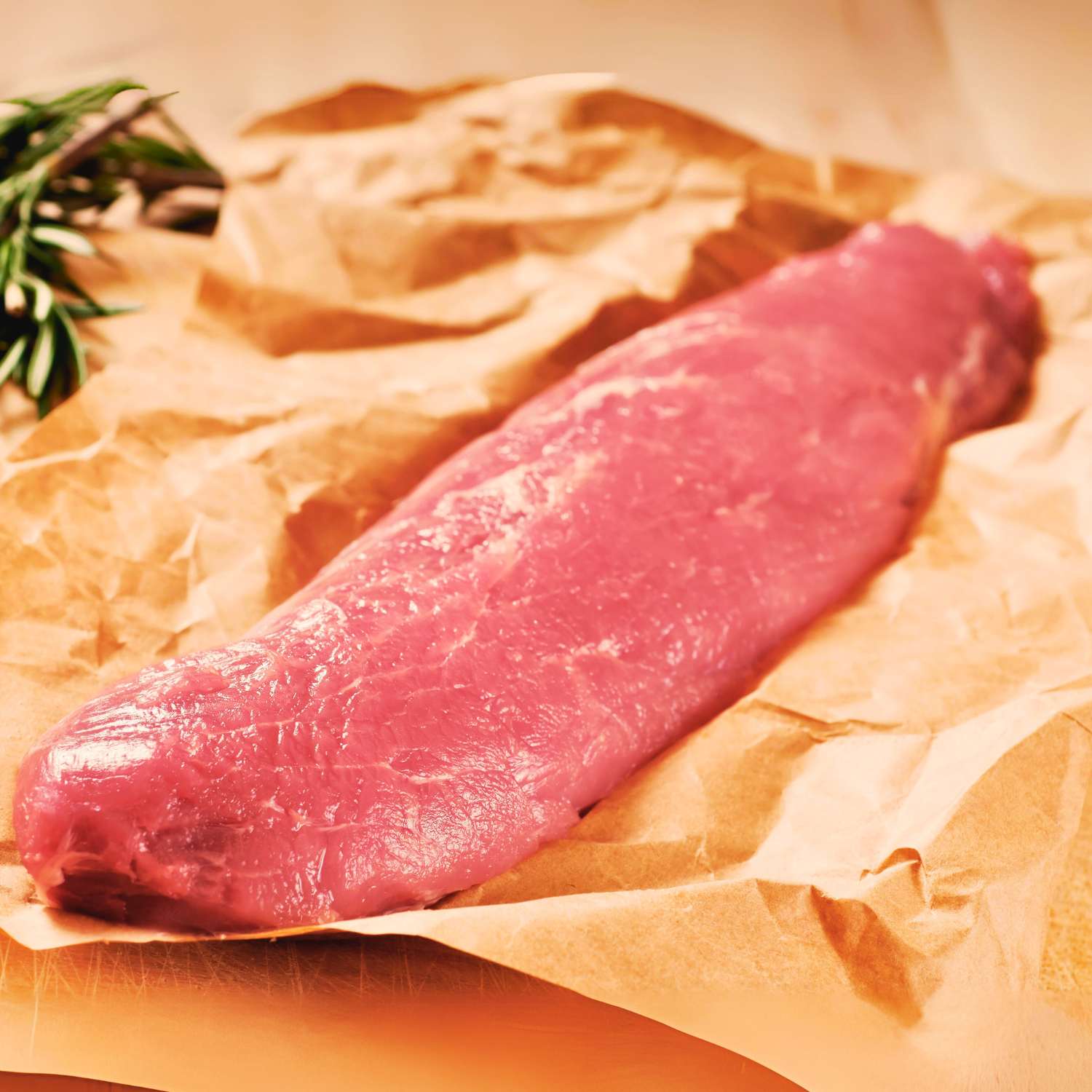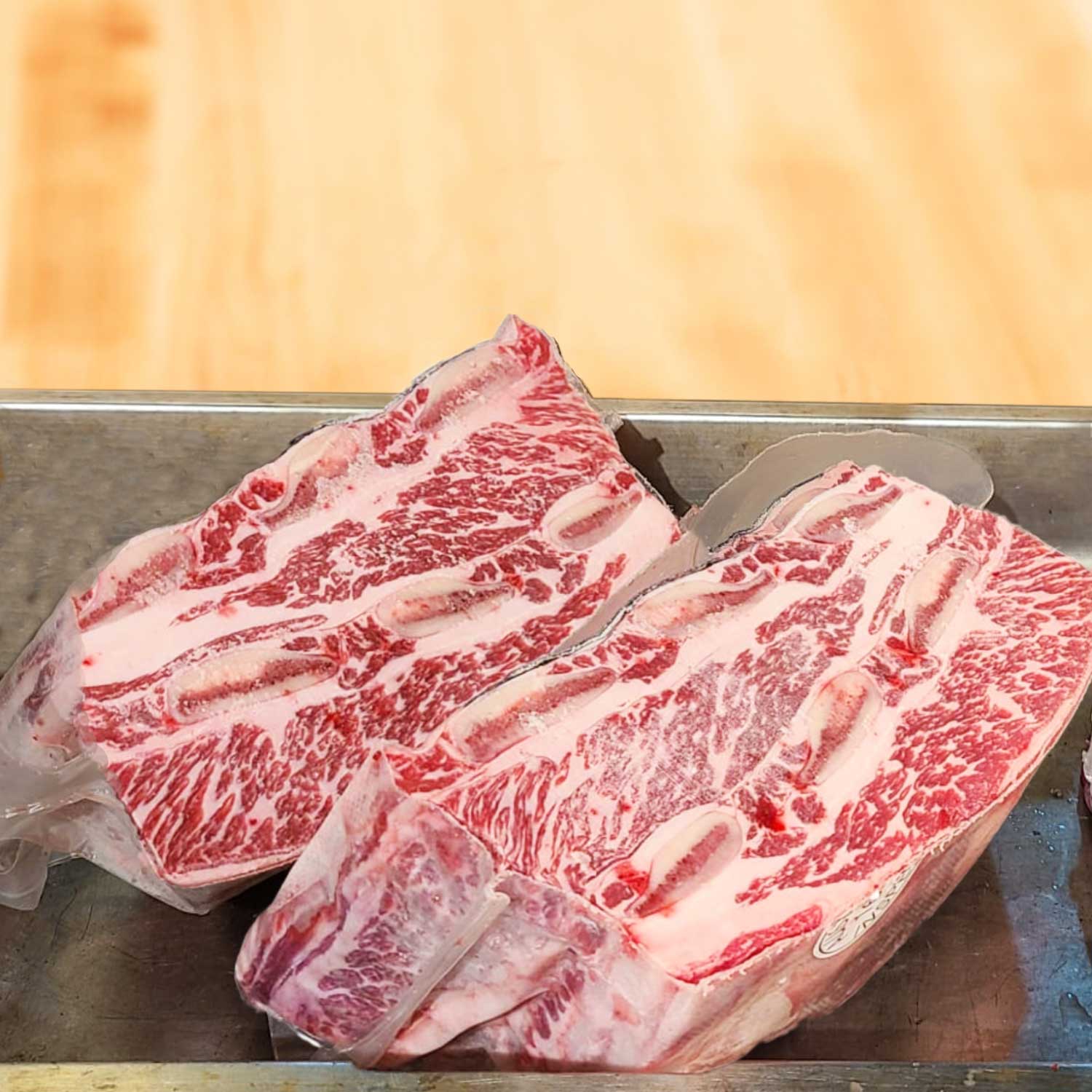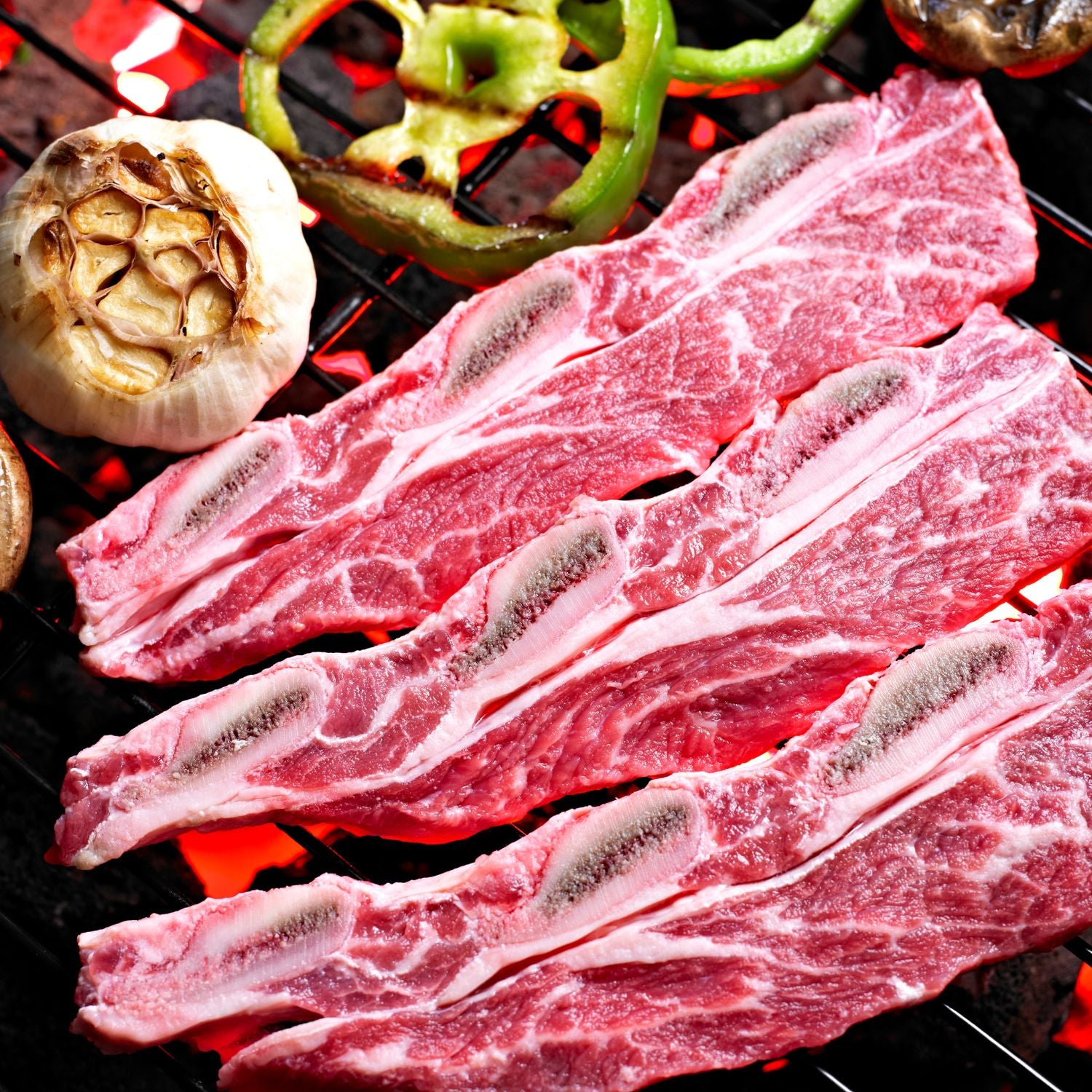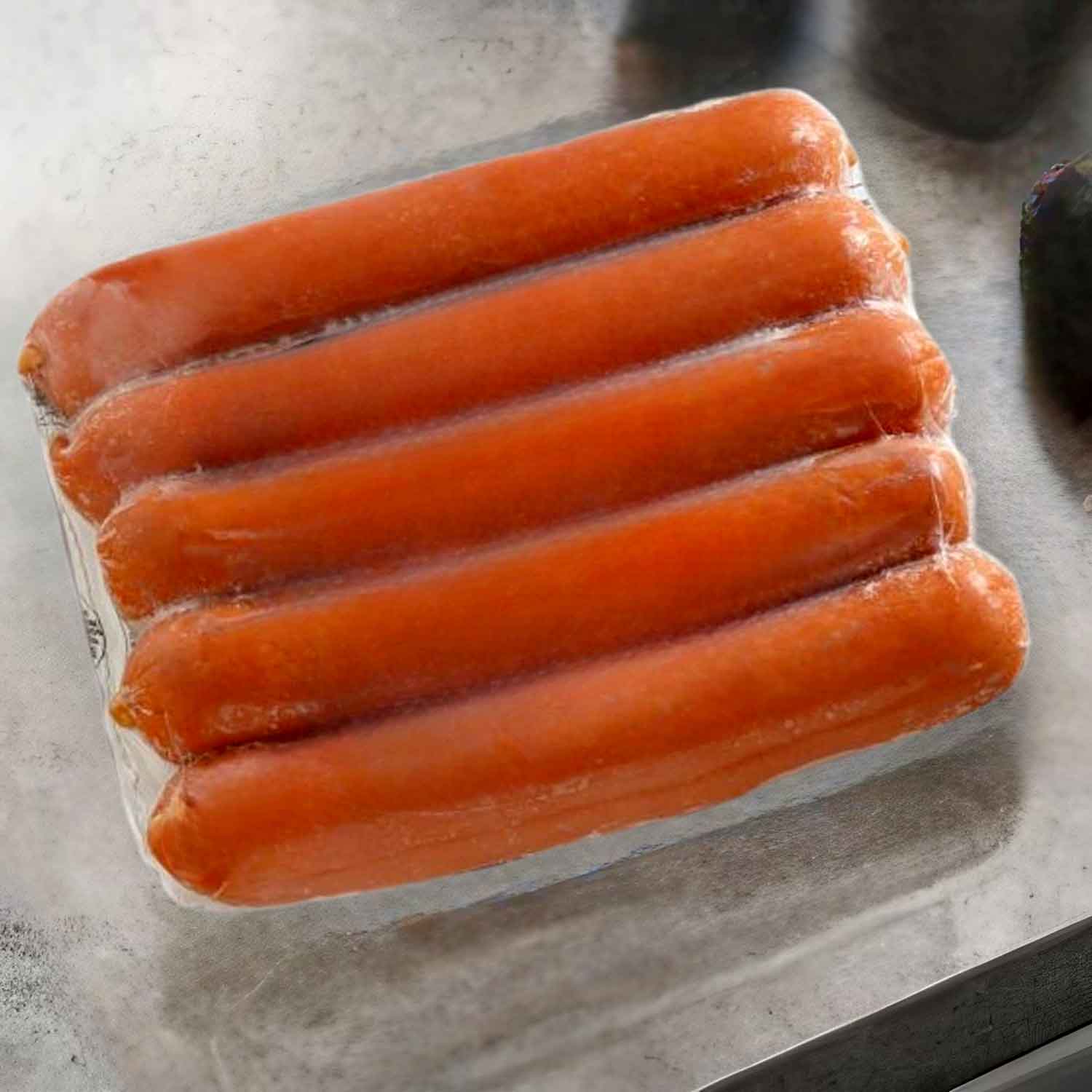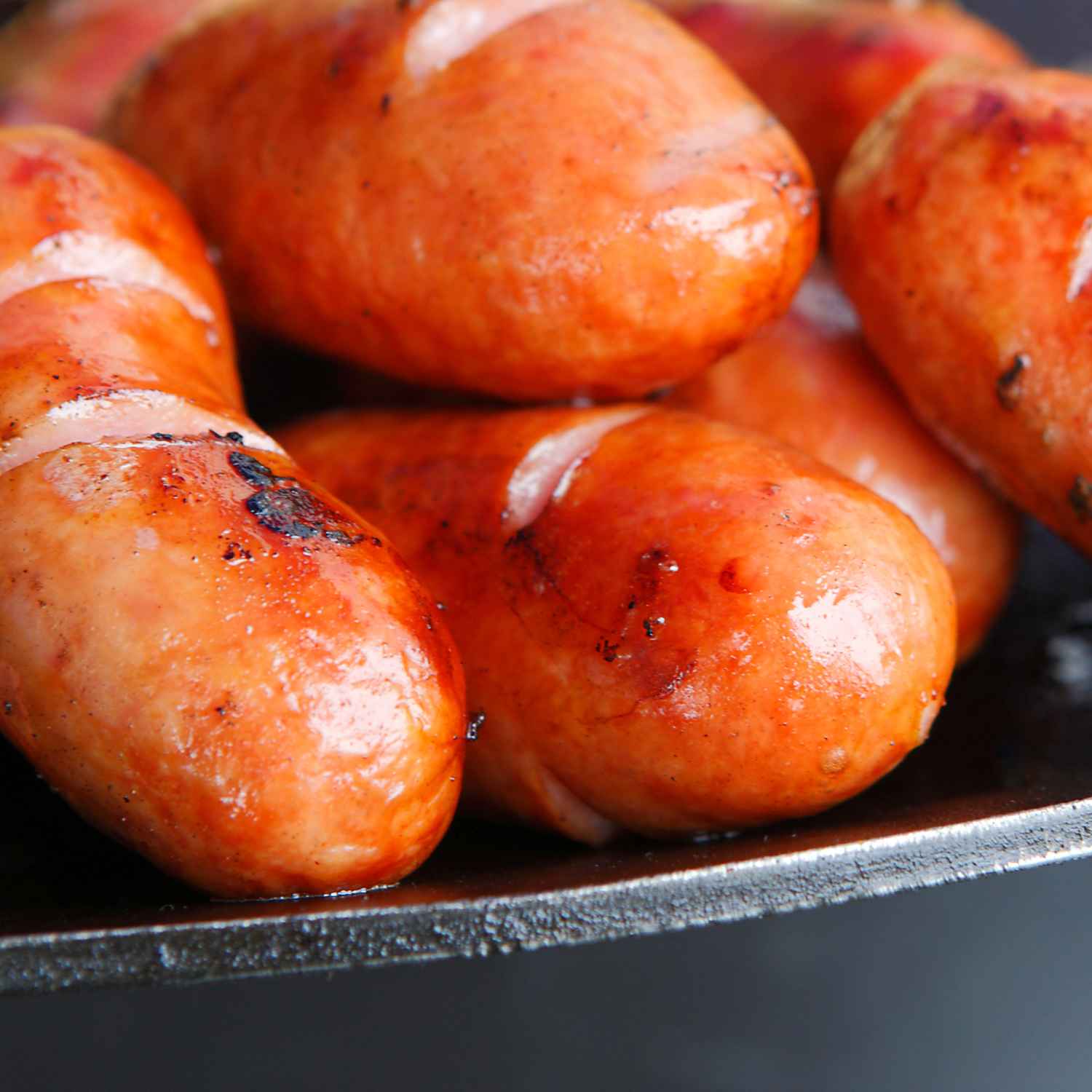The Art of Chinese Wine Selection: Understanding Grass Fed Roast Beef
What Is Grass Fed Roast Beef?
Grass fed roast beef comes from cows that eat grass, not grains. These cows live in open fields. They roam and graze freely. This diet gives the beef a distinct taste. It is often leaner and richer in certain nutrients. Fans of grass fed beef say it tastes more natural. It is different from grain-fed beef in flavor and texture. Chefs like it for its quality and health benefits. In Hong Kong and China, grass fed beef is a luxury. It pairs well with high-end red wines. It is good for special meals and events.

Factors to Consider When Pairing Wine with Chinese Cuisine
When pairing wine with Chinese cuisine, several key factors must be considered:
- Flavor Harmony: The wine should complement the dish's dominant flavors without overpowering them.
- Spice Match: Consider the level of spice in the dish. A sweeter red may balance out spiciness.
- Texture Contrast: Rich roast beef pairs well with a red wine that has good tannins for balance.
- Wine Acidity: A wine with higher acidity can cut through the fat of grass fed roast beef.
- Aromatic Compounds: Wine's aroma should not clash with the scents of Chinese spices.
- Regional Pairing: Sometimes, wines from regions with similar culinary profiles make the best pairs.
The Cultural Significance of Red Wine in Chinese Festivities
In Chinese celebrations, red wine holds a special place. It's a sign of wealth and joy. Imported wines have grown popular, merging with traditions. During festivals, red wine is often served with choice meats like grass fed roast beef. This pairing marks a modern twist in Chinese dining. Pairing red wine with roast beef enhances the meal's flavor and status. The practice shows the blend of Western and Eastern tastes. Red wine with grass fed roast beef is a favorite for banquets and special events today. This fusion is a new cultural emblem in Chinese festivities.
Advanced Tips for Pairing Grass Fed Roast Beef with Red Car Wine
Identifying the Right Red Car Wine for Chinese Roast Beef
To pair red car wine with Chinese grass fed roast beef, follow these tips. First, choose medium-bodied wines. They balance the meat's rich flavor. Think Merlot or Zinfandel. Pick wines with moderate tannins. This creates a smooth taste experience. Aged wines are great too. They bring out the beef's natural taste. For a spicy beef dish, go for a wine with fruity notes. It will complement the heat. Lastly, ask local experts. They know the best pairings for local dishes.
How to Pair Wine with Chinese Roast Beef for a Memorable Meal
- Choose a Red Car wine that complements the savory flavors of the beef.
- Balance the wine's tannins with the fat content of grass-fed roast beef.
- Consider the spices and sauces used in the Chinese roast beef dish.
- Opt for a medium-bodied red wine to ensure it doesn't overpower the meal.
- Take into account the cooking method, such as steaming or roasting, for the beef.
- Serve the wine at the right temperature to enhance its characteristics.
- Pair the meal with a wine that reflects the festivity or formality of the occasion.
- Educate guests on the pairing for an enhanced dining experience.
The Role of Presentation in Wine and Cuisine Pairing
Presentation is key in pairing wine with cuisine. It sets the mood and honors the dish and drink. For grass fed roast beef, the wine's color and bottle should match the meal's tone. Use crystal clear glasses to show the wine's hue. Pour wine with flair to add to the experience. Serve beef on fine china to elevate its natural flavors. Pairing should engage all senses, enhancing taste with visuals. Remember, a stunning display boosts enjoyment and impresses guests.
Case Studies: Successful Chinese Wine and Roast Beef Pairings
Analyzing Past Chinese Cuisine and Wine Events
Delving into the history of Chinese cuisine and wine events offers valuable lessons. By examining successful pairings, we can uncover why certain red wines harmonize so well with grass-fed roast beef. Most events showcase the importance of balance—balancing the wine's body, tannins, and acidity with the meat's texture and flavors. Events often feature Bordeaux or robust Californian reds as top choices. These wines provide a backdrop that elevates the roast beef, rather than overpowering it. Future events may continue to explore this harmony, potentially introducing new wine variations to the mix.
Expert Recommendations for Grass Fed Roast Beef and Red Wine
- Look for wines with balanced tannins to complement the beef's texture.
- Choose a red wine with fruity notes to contrast the savory flavors of the meat.
- Consider a Yantai or Ningxia wine, regions gaining a reputation for quality reds.
- Ask local sommeliers for their top red wine picks to pair with grass fed roast beef.
- Try traditional Chinese wines like 'Dragon's Seal' for an authentic experience.
- Explore boutique wineries in China for unique red wine options.
- Incorporate feedback from chefs who specialize in Chinese-Western fusion dishes.
- Experiment with different vintage years to find the perfect match for the beef dish.
- Remember the importance of personal taste preference in the pairing process.
Future Trends in Chinese Gastronomy and Wine Pairing
The future of Chinese gastronomy and wine pairing is intriguing, shaped by evolving tastes and innovations. With a rise in awareness about sustainable farming, grass-fed roast beef is becoming a preferred choice, especially among health-conscious diners in Hong Kong and mainland China. This shift influences wine pairing approaches, encouraging exploration beyond traditional red wines to varieties that complement the meat's unique flavors without overwhelming them. Expect to see a growing emphasis on local Chinese wines, as regional vineyards gain recognition and produce varieties tailored to the intricate flavors of Chinese dishes. Moreover, technological advancements like AI sommeliers could personalize wine recommendations, enhancing the dining experience. These trends signify a dynamic era for Chinese cuisine and wine pairing, promising exciting possibilities for food aficionados.












